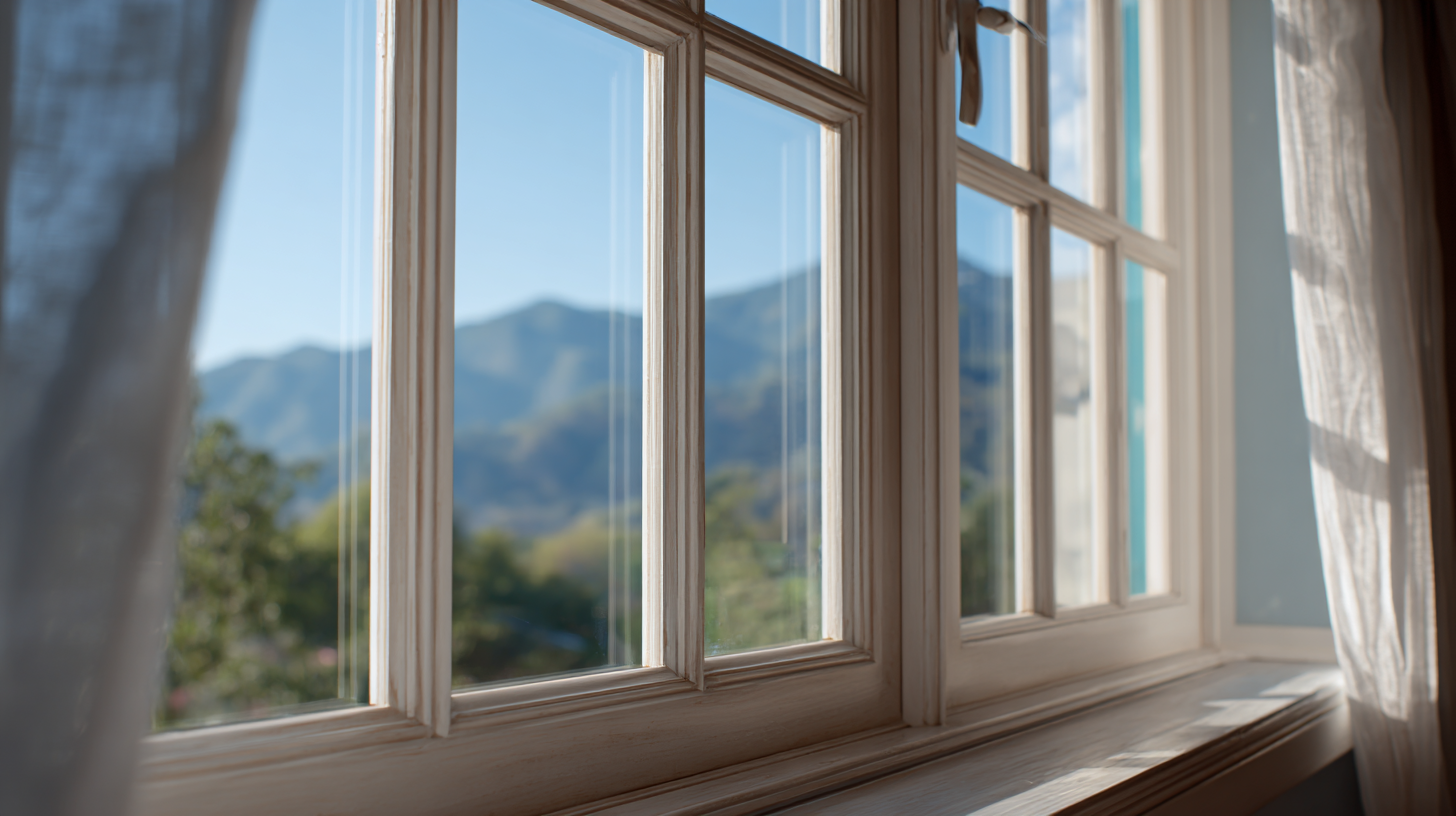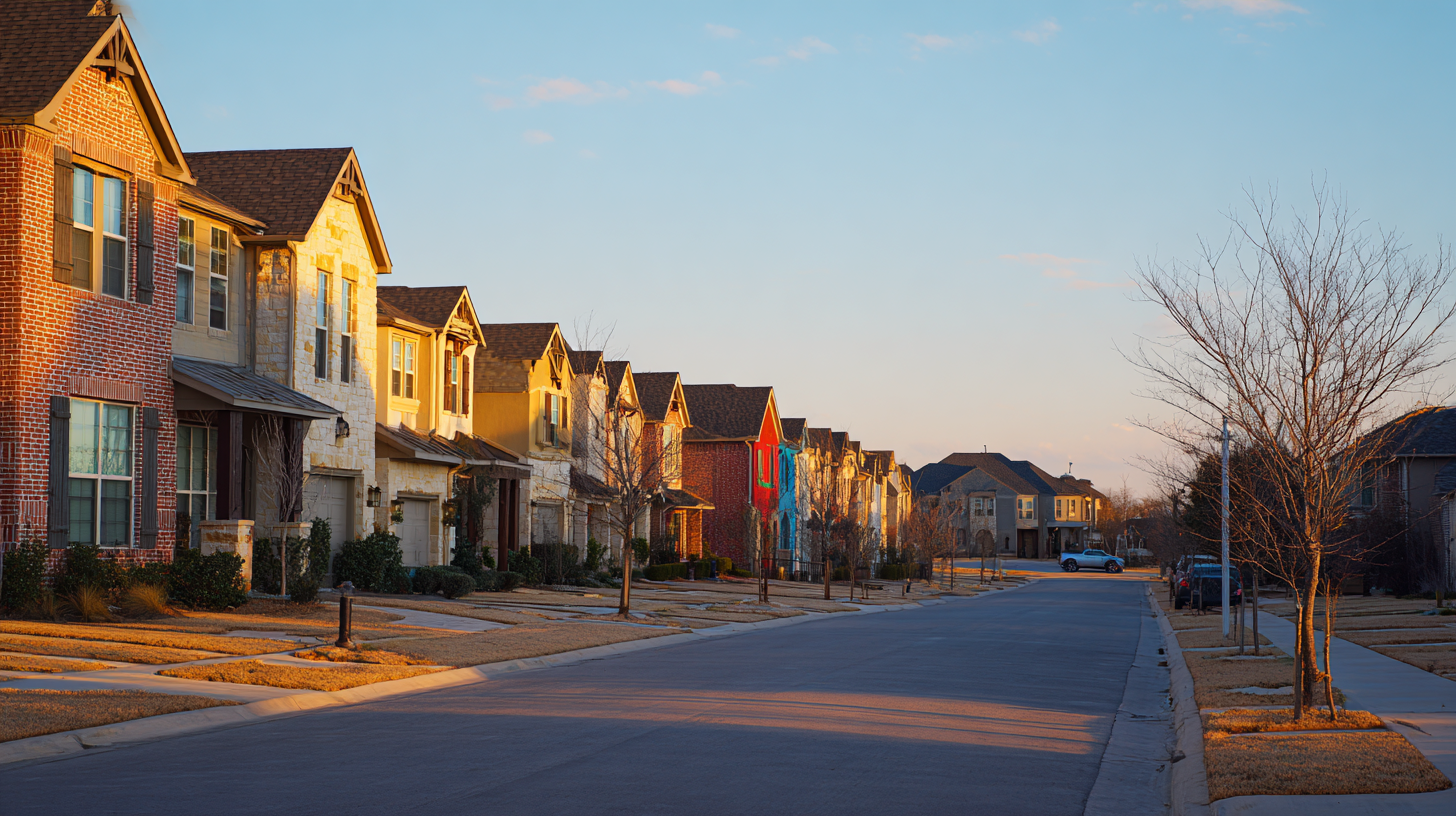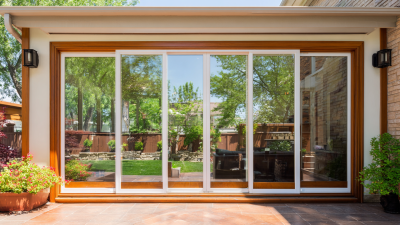Exploring Energy Efficiency: How Residential Windows Can Reduce Heating Costs by Up to 30%
In today’s pursuit of energy efficiency, residential windows play a pivotal role in reducing heating costs significantly. With energy prices on the rise and environmental concerns at the forefront, homeowners are increasingly turning to advanced window technologies to enhance their living spaces. According to John Smith, a leading expert in the window manufacturing industry, "Investing in high-performance residential windows can not only improve comfort but also lead to a staggering reduction in energy bills of up to 30%."
This article delves into the top ten ways residential windows can contribute to energy savings and enhance overall home efficiency. From double glazing to low-emissivity coatings, the innovations in window design are not only aimed at aesthetics but also at achieving superior thermal performance. As we explore these advancements, it becomes clear that replacing outdated windows with energy-efficient models is a crucial step for homeowners looking to maximize savings and reduce their carbon footprint. By making informed choices about residential windows, individuals can not only invest in their properties but also take a substantial step towards a more sustainable future.

Understanding Window Types: The Impact of Double and Triple Glazing on Energy Bills
When considering energy efficiency for residential windows, the type of glazing plays a pivotal role in reducing heating costs. Double glazing, with its two layers of glass, offers better insulation than traditional single-glazed windows by trapping air between the panes, which acts as an insulator. This technology can effectively minimize heat loss during the winter months, leading to potential reductions in energy bills by up to 30%. For homeowners in Canberra, selecting a reputable double-glazing installer is crucial to maximizing these benefits.
Evaluating the qualities of double-glazing installers is essential for ensuring proper installation and performance. Look for companies with experience, positive customer reviews, and strong warranties. Additionally, consider those who provide a comprehensive assessment of your home’s specific needs, including window types and materials. By investing time in finding the right installer, homeowners can enhance comfort, improve energy efficiency, and secure long-term savings on heating expenses, making double glazing a wise investment for the future.
Exploring Energy Efficiency: How Residential Windows Can Reduce Heating Costs by Up to 30% - Understanding Window Types: The Impact of Double and Triple Glazing on Energy Bills
| Window Type | Average U-Value (W/m²K) | Estimated Heating Cost Savings (%) | Installation Cost per Window ($) | Lifespan (Years) |
|---|---|---|---|---|
| Single Glazing | 5.0 | 0% | 150 | 10 |
| Double Glazing | 2.8 | 20-30% | 300 | 20 |
| Triple Glazing | 1.2 | 30-40% | 500 | 30 |
| Low-E Glass | 2.0 | 25% | 350 | 25 |
Identifying Energy Loss: Key Areas in Windows That Inflate Heating Costs
 Windows are a critical area in residential buildings where energy loss can significantly inflate heating costs. Research indicates that nearly 30% of household energy loss occurs through poorly insulated windows and doors. This staggering figure underscores the importance of addressing window insulation as a primary strategy for energy efficiency. Studies highlight that almost 90% of a home's heat is lost in the colder months, making windows a major factor in maintaining warmth within the home.
Windows are a critical area in residential buildings where energy loss can significantly inflate heating costs. Research indicates that nearly 30% of household energy loss occurs through poorly insulated windows and doors. This staggering figure underscores the importance of addressing window insulation as a primary strategy for energy efficiency. Studies highlight that almost 90% of a home's heat is lost in the colder months, making windows a major factor in maintaining warmth within the home.
Upgrading to energy-efficient windows can lead to substantial savings on heating bills, with potential reductions of up to 30%. Homeowners can also implement simple measures, such as sealing gaps and addressing drafts, to further enhance insulation. The combination of window replacement and proper sealing techniques not only preserves warmth but also contributes to broader environmental benefits by reducing overall energy consumption. Investing in these improvements becomes a smart financial choice, especially in the context of rising heating costs.
Insulating Window Treatments: How Curtains and Blinds Can Enhance Efficiency
Insulating window treatments play a crucial role in enhancing the energy efficiency of residential spaces. Curtains and blinds are more than just decorative elements; they can significantly impact heating costs by providing an additional layer of insulation. By choosing heavy, insulated curtains or reflective blinds, homeowners can effectively minimize heat loss during colder months, keeping rooms warmer without the need for excessive heating.
Moreover, the strategic use of window treatments can further optimize energy savings. For instance, thermal curtains designed with materials that trap air can reduce cold drafts, while light-colored blinds can reflect sunlight in the summer, maintaining cooler indoor temperatures. This dual functionality not only assists in regulating indoor climate but also supports a more sustainable lifestyle by reducing reliance on heating systems. As energy efficiency becomes a priority for many households, investing in quality window treatments emerges as both a practical and economical solution to cut down on heating costs.
Impact of Different Window Treatments on Heating Costs Reduction
Choosing the Right Frame Material: Energy Savings with Vinyl, Wood, and Aluminum
When selecting residential windows, the choice of frame material can significantly impact energy efficiency and heating costs. Vinyl, wood, and aluminum each offer unique benefits, appealing to diverse preferences and budgets.

Vinyl frames are renowned for their excellent insulating properties and low maintenance, making them a cost-effective choice for homeowners looking to enhance energy efficiency. Wood frames, while traditionally more expensive, provide superior aesthetic appeal and natural insulation, making them a favorite for those prioritizing design and sustainability. In contrast, aluminum frames are durable and lightweight, but typically require advanced thermal breaks to improve their energy performance.
Tips for maximizing energy efficiency:
- Opt for double or triple-pane glass to reduce heat loss and improve insulation.
- Ensure proper sealing and installation to prevent drafts, which can significantly impact heating costs.
- Consider the climate: choose frame materials that perform best in your specific weather conditions for optimal energy savings.
In summary, understanding the strengths of different window frame materials can enable homeowners to make informed decisions that enhance both comfort and energy efficiency in their residences. Investing in the right windows can lead to substantial savings on heating costs, creating a win-win situation for your home and the environment.
Utilizing Smart Technology: Automated Windows and Sensors for Optimal Heating Control
Automated windows, integrated with advanced sensors, are revolutionizing the way we manage heating in residential spaces. These smart technologies allow homeowners to optimize indoor temperature control efficiently, significantly reducing heating costs—potentially by up to 30%. By adjusting to environmental changes and occupancy patterns, automated windows can enhance energy efficiency and comfort while minimizing unnecessary heating.
The rise of smart technology in home automation is closely aligned with the advancements in the Internet of Things (IoT) and 5G. Sensors embedded in windows can monitor humidity and temperature, providing real-time data to the household’s heating system. This feedback loop not only ensures that rooms remain comfortable but also promotes energy conservation. As the smart sensor industry continues to grow, embracing these innovations could lead to substantial long-term savings on energy bills and contribute to more sustainable living environments.
Related Posts
-

Maximizing Energy Efficiency in Your Home with Smart Doors and Windows Solutions
-

Exploring the Benefits of Euro Doors and Windows for Energy Efficiency and Home Value
-

Exploring the Benefits of Tilt Turn Windows: A Comprehensive Guide to Modern Home Design
-

The Evolution of Front Windows: How Modern Designs Enhance Energy Efficiency and Style
-

Transform Your Outdoor Space: The Ultimate Guide to Patio Doors with Windows for Every Home